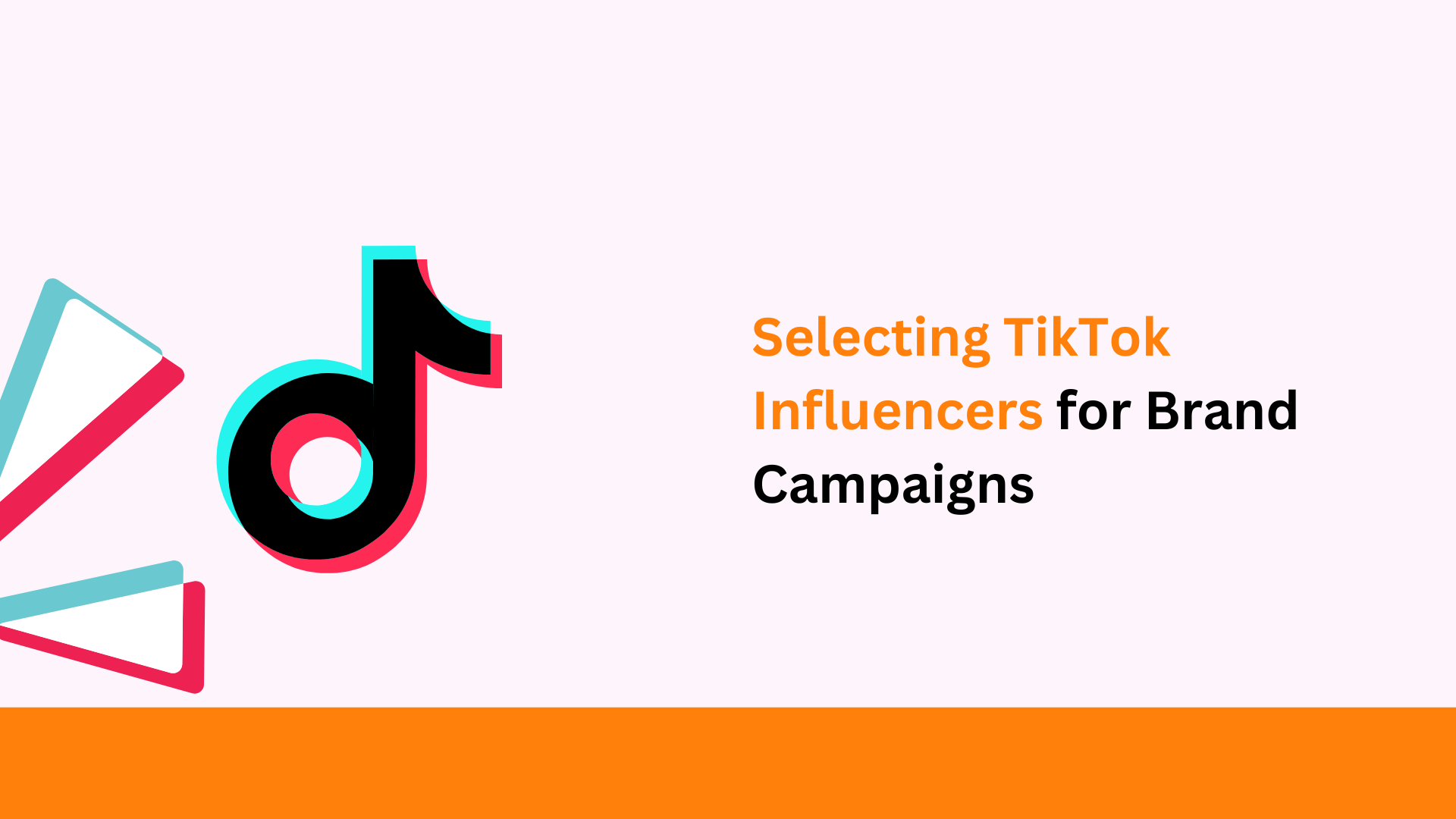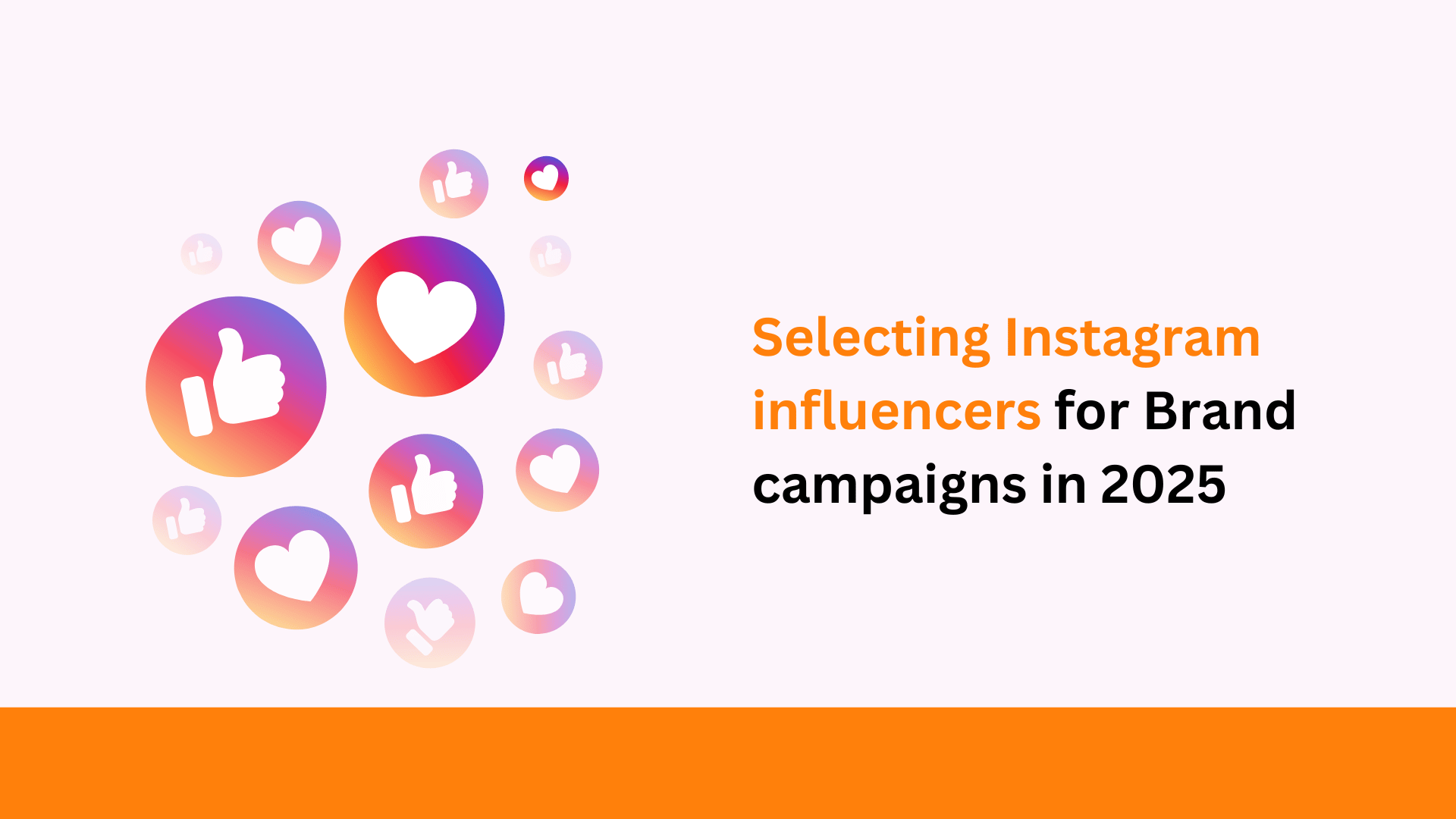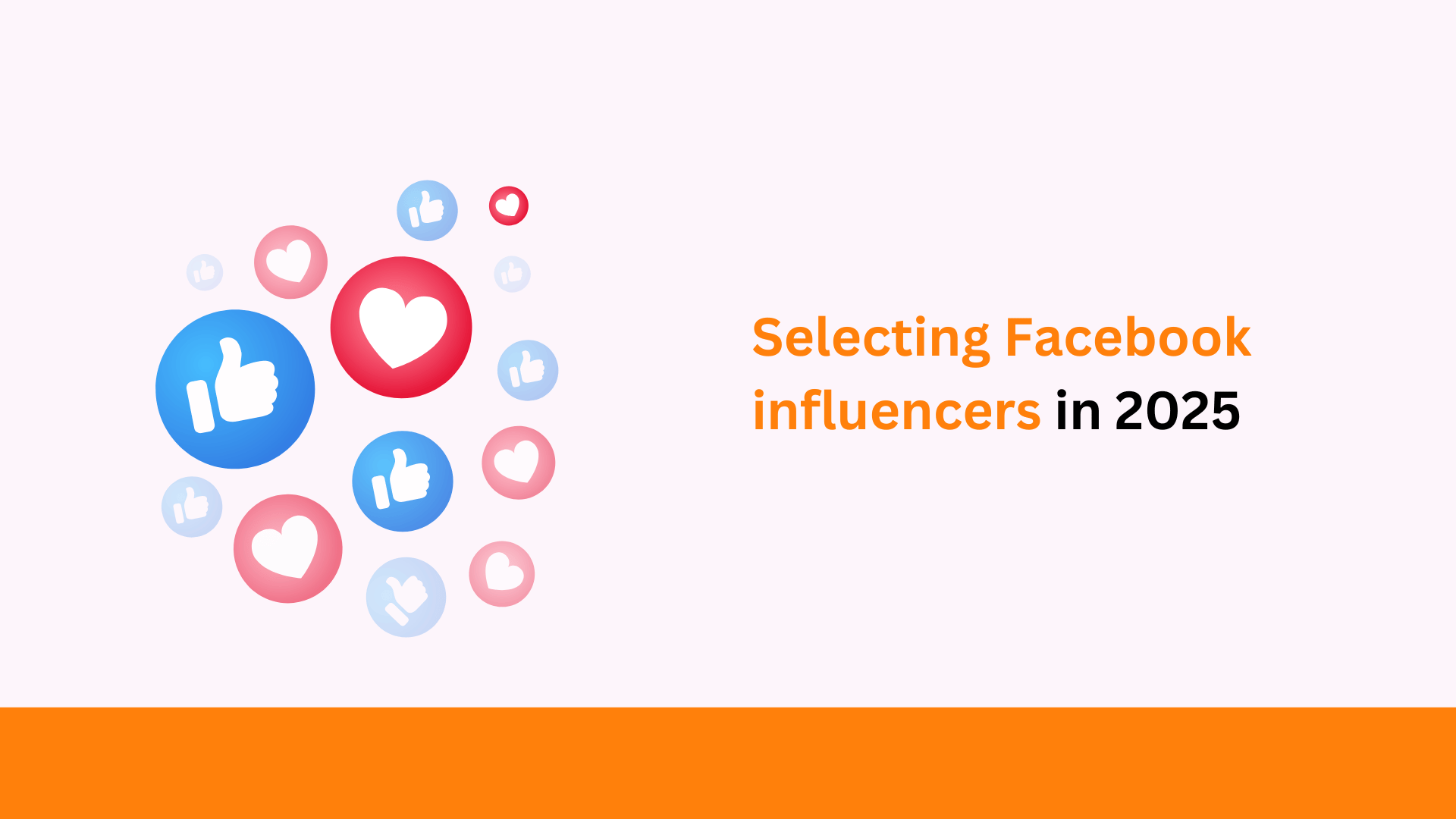TLDR
- TikTok isn’t just for trends—it drives full-funnel impact for brands across industries.
- Choosing creators is about cultural fluency, not just virality or follower count.
- Match specific creator types to your campaign objectives for maximum results.
- Platform-native content consistently outperforms traditional marketing approaches.
- Tools like Qoruz simplify TikTok influencer discovery with comprehensive filters
TikTok Is a Culture Platform, Not Just a Content One
TikTok has evolved far beyond its initial perception as a dance trend app. Today, it represents a complex ecosystem of subcultures, communities, and creative formats that brands must navigate strategically.
What makes TikTok unique is how content, community, and commerce intersect. The platform hosts distinct native genres that smart brands leverage:
- Micro-vlogs: Intimate, day-in-the-life content that builds authentic connections
- Stitch/duet formats: Collaborative content that amplifies reach organically
- Character skits: Narrative-driven entertainment perfect for subtle brand integration
- TikTok debates: Community-engaging discussions that position brands within conversations
According to research by Influencer Marketing Hub, TikTok delivers an average engagement rate of 5.96% for accounts with 100K+ followers, significantly higher than Instagram’s 1.21% and Twitter’s 0.037%. This engagement differential highlights why understanding platform culture matters.
Creators on TikTok aren’t just content producers; they’re community leaders. The most successful brand partnerships recognize this distinction and focus on subculture alignment rather than simply chasing views.
For example, skincare brands often face a choice between educational creators who break down ingredients scientifically versus meme-style product reviewers who entertain while informing. Both can drive conversions, but they connect with completely different audience segments in completely different ways.
The Right TikToker > The Biggest One
When evaluating potential TikTok partners, prioritize alignment over audience size. Many brands make the expensive mistake of pursuing mega-influencers without considering whether their content style and audience demographics match campaign objectives.
Use this checklist to evaluate potential TikTok creator partnerships:
1. Niche Relevance
Does the creator consistently create content in your category (beauty, food, parenting, etc.)?
2. Content Quality
Do they produce high-retention, story-first content or merely jump on trending formats with minimal original value?
3. Audience Affinity
Is there genuine audience alignment regarding demographics, interests, and purchasing behaviors?
4. Engagement Depth
Look beyond simple likes. Are followers actively commenting, recreating content, or participating in creator-led challenges?
According to a 2023 TikTok For Business report, 56% of users feel closer to brands they see working with creators in their niche communities, while 67% said TikTok inspired them to shop even when they weren’t looking to do so.
Remember that authenticity is currency on TikTok. Creators with smaller but highly engaged audiences often deliver significantly stronger conversion rates than their larger counterparts, particularly for specialized products or services.
Creator Category vs Campaign Goal – How to Match?
The most successful TikTok campaigns pair specific creator types with appropriate campaign objectives. This strategic alignment dramatically increases performance potential across the marketing funnel.
| Campaign Type | Ideal TikTok Creator Persona | Red Flags |
| Product Launch (Tech/Beauty) | Unboxers, Reviewers, GRWM creators | Long advertisements without native formatting |
| Festive/Seasonal Drops | Skit creators, festive hack specialists | Force-fitted cultural references that feel inauthentic |
| Top-of-Funnel Awareness | Trend jammers, meme remixers | Generic CTA spam that disrupts engagement |
| How-To/Explainers | Educational TikTokers, tipsters | Brand-scripted lectures that lack creator voice |
“Finding the right creator match is about more than category fit—it’s about storytelling alignment,” says Lauren Hallanan, Head of Influencer Marketing at Chatly. “The creator’s natural content patterns should seamlessly accommodate your product narrative.”
Consider how your brand message can become part of the creator’s existing content ecosystem rather than interrupting it. When viewers perceive sponsored content as valuable rather than disruptive, engagement and conversion metrics consistently improve.
What Works on TikTok?
TikTok rewards content that feels native to the platform. The most successful brand collaborations leverage formats that already perform well for creators rather than imposing traditional marketing approaches.
Best-performing branded formats include:
- GRWM + Product Integration
“Get Ready With Me” videos offer natural opportunities for product placement within authentic routines. These perform particularly well for beauty, fashion, and lifestyle brands.
- 3-Step DIY/Hack with Voiceover
Simple, solution-focused content that positions products as helpful tools rather than focal points. According to TikTok’s internal data, tutorial content receives 40% higher completion rates than other formats.
- Duet Collabs + Product Challenge Trends
Content that encourages community participation drives exponential reach through organic sharing and recreation.
What to avoid:
- One-way talking head videos
- Product monologues without entertainment value
- Clickbait editing techniques that don’t deliver on promises
A 2023 TikTok Marketing Science study found that branded content maintaining creator voice and style generated 83% higher engagement than content that appeared overtly commercial or scripted.
In Conclusion
The difference between viral TikTok campaigns and forgotten brand content often comes down to creator selection. By understanding TikTok as a cultural ecosystem rather than just another advertising channel, brands can identify partners who genuinely connect with their target audience.
Remember that on TikTok, authenticity drives algorithm performance. The most successful brand-creator partnerships feel like natural extensions of the creator’s existing content rather than interruptions to it. When viewers can’t immediately distinguish between organic and sponsored content (except for proper disclosure), that’s when magic happens.
By leveraging specialized tools like Qoruz for discovery and vetting, focusing on alignment over reach, and embracing platform-native content approaches, brands can build TikTok campaigns that drive meaningful business results, from awareness to consideration to conversion.
The brands that will win on TikTok in 2025 and beyond are those that approach the platform with cultural fluency, creator respect, and strategic intent. Start by finding the right creators, and everything else will follow.
FAQs
- How do I choose TikTok influencers for my brand?
Focus on finding creators whose content style, audience demographics, and engagement patterns align with your campaign objectives. Evaluate their content consistency, authenticity, and audience response patterns. Look beyond follower count to consider engagement quality, content relevance to your category, and creator-audience relationship strength.
- Should I work with regional or national TikTokers?
This depends entirely on your campaign goals. National creators offer broader reach but often at higher cost and potentially lower engagement rates. Regional creators typically deliver stronger connection with specific geographic audiences and often offer better value for location-specific campaigns. Many brands find success with a mixed approach—using national creators for awareness and regional creators for conversion-focused initiatives.
- What content formats perform best for brand collabs on TikTok?
Native formats that feel authentic to the platform consistently outperform traditional advertising approaches. GRWM (Get Ready With Me) videos, entertaining educational content, creator challenges, and storytelling formats typically generate the highest engagement for brand collaborations. The key is integrating products naturally within content styles that the creator already excels at producing.
- Are nano-creators better for niche TikTok campaigns?
Nano-creators (typically under 10K followers) often deliver exceptional engagement rates and highly targeted audience reach, making them ideal for specialized products or region-specific campaigns. Their audiences tend to be more highly engaged and trusting of recommendations. While they may not deliver massive reach individually, their conversion potential and authenticity often make them excellent value, particularly when engaged as part of a collective campaign.
- Can tools help track TikTok influencer performance?
Absolutely. Specialized influencer marketing platforms like Qoruz provide comprehensive analytics on creator performance, audience demographics, engagement patterns, and content effectiveness. These tools help brands make data-driven decisions about which creators to partner with, what content approaches to use, and how to optimize campaign performance over time.



